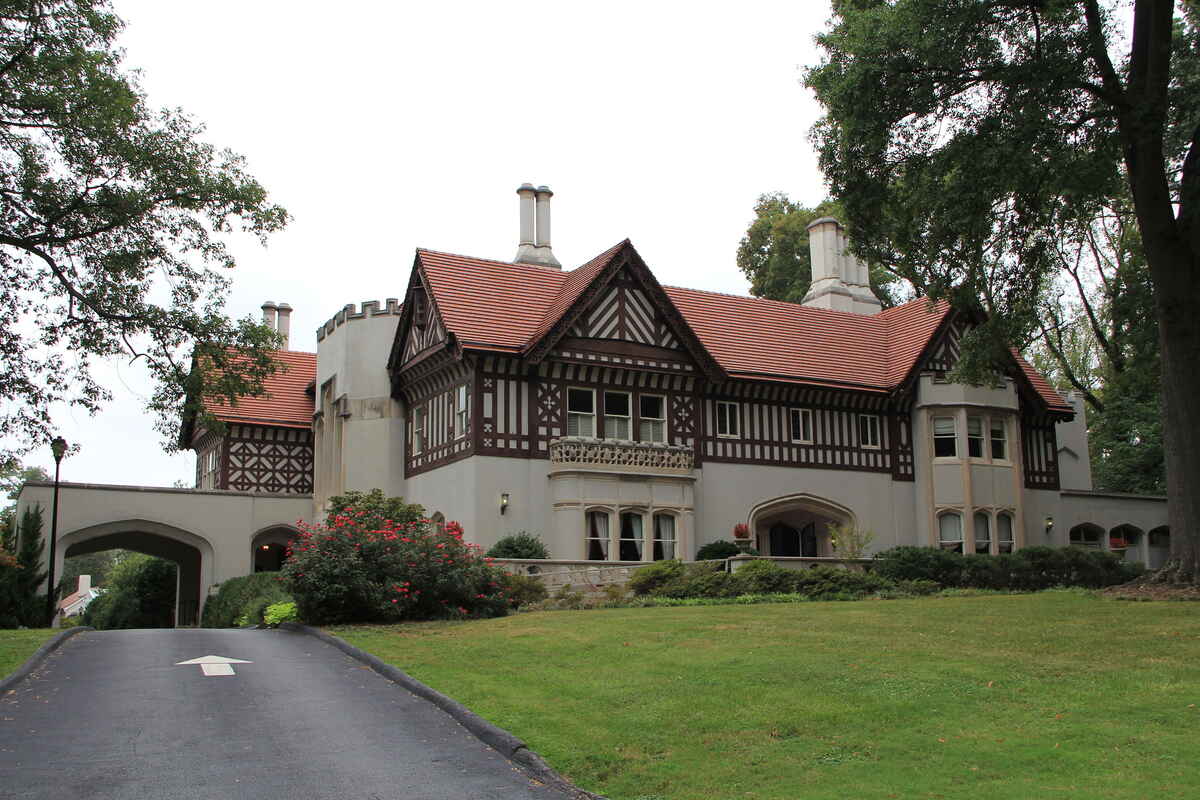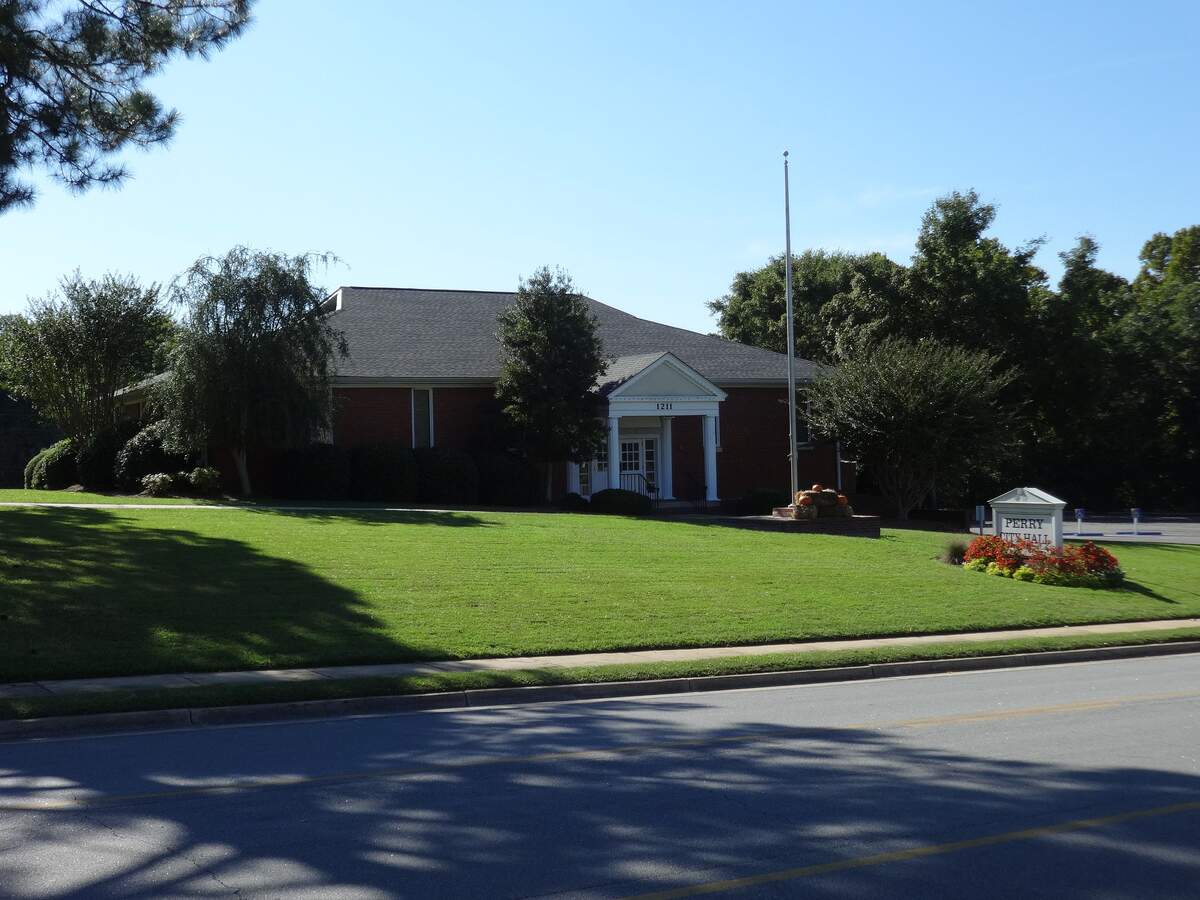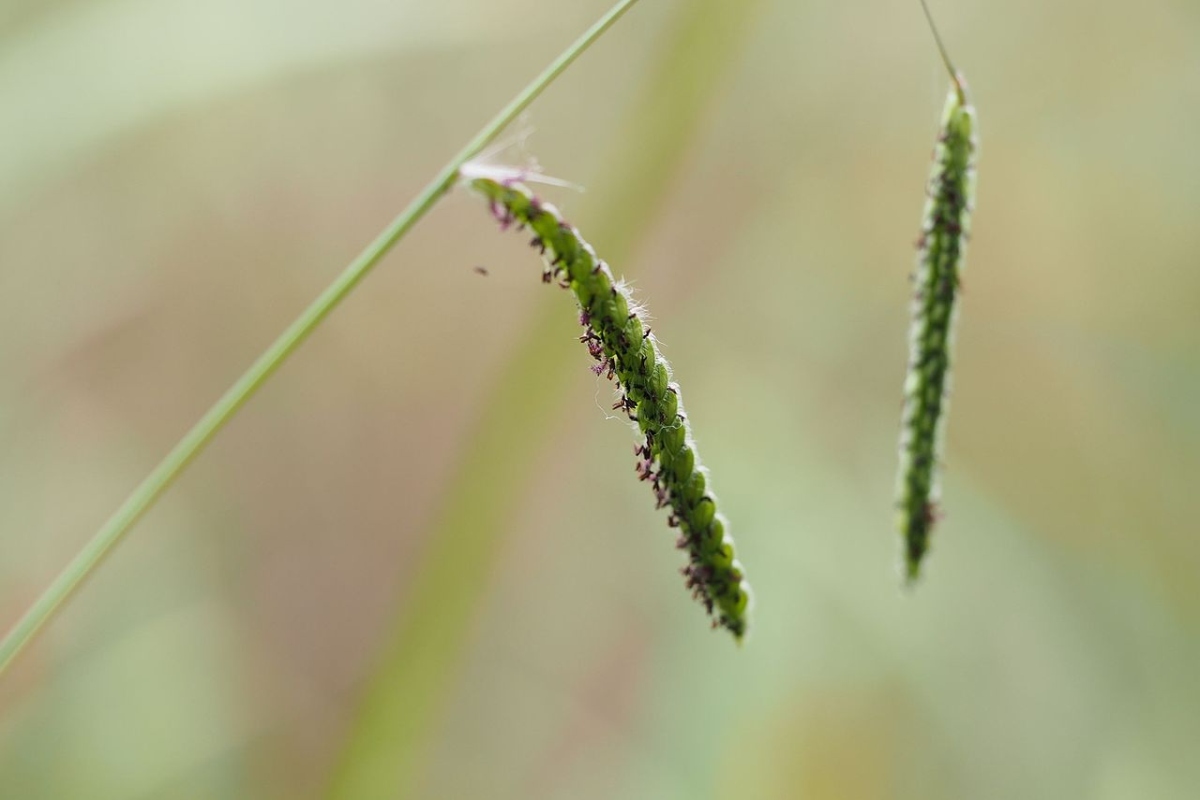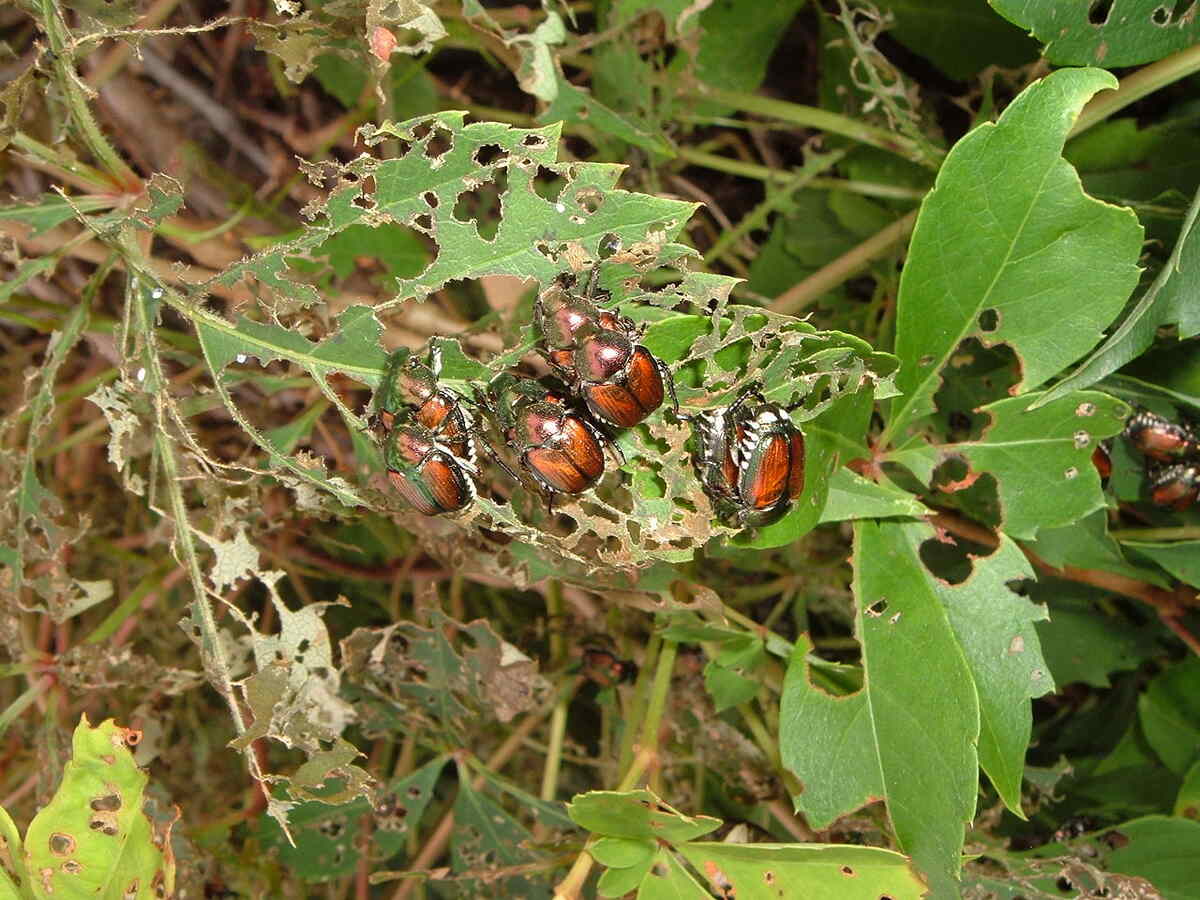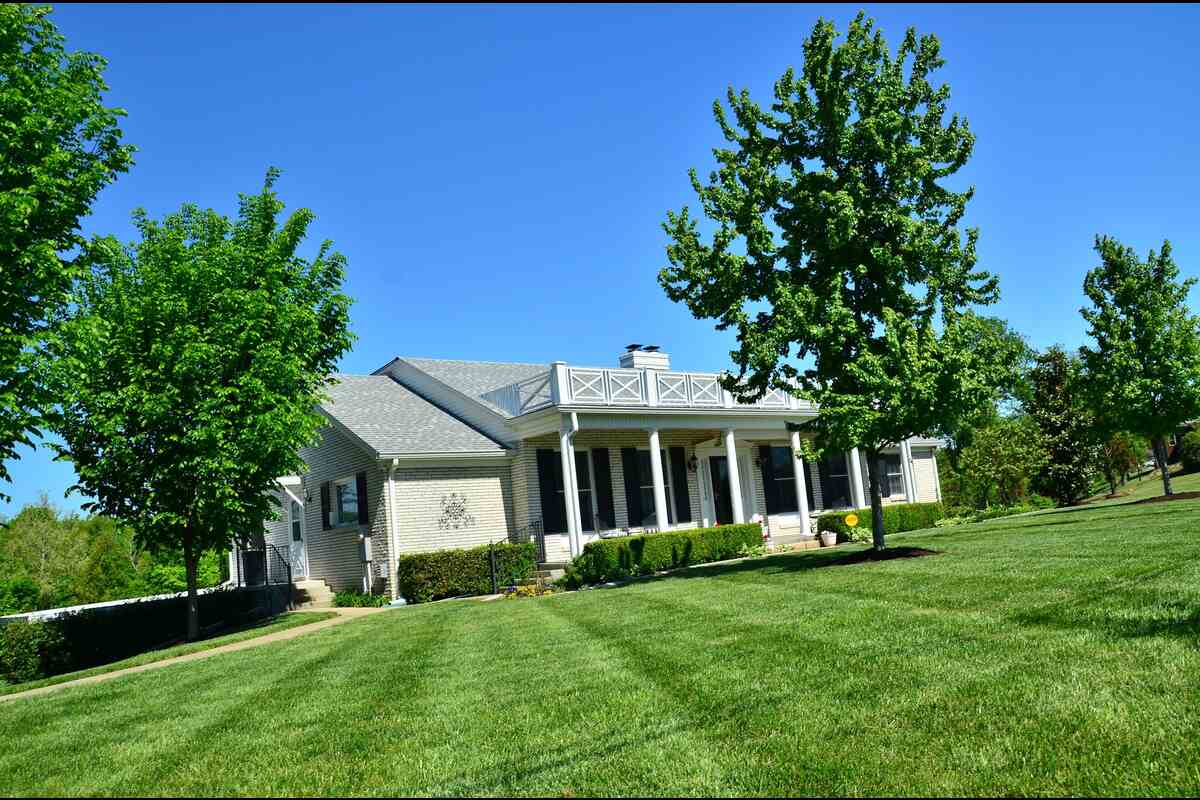
When summer comes in Atlanta, Georgia, days get hot. Very hot. The weather is muggy in July but turns dry in August, testing plants’ resilience and homeowners’ care. Local lawns either love it and thrive or suffer from the heat and get nasty pests and diseases. What makes the difference? Proper maintenance is vital, and we discuss the top 9 tips for effective summer lawn care in Atlanta’s climate right here. Let’s dig in.
Here’s what you’ll read about in this article:
- Watering is the No. 1 Lawn Care Task in the Summer
- Mow Taller to Protect Atlanta Lawns From Heat
- Aerate the Lawn to Breathe Easier in the Summer
- Fertilize Warm-Season Grasses in Early May
- Leave Grass Clippings on the Lawn
- Keep Summer Weeds Under Control
- Manage Atlanta’s Summer Lawn Pests
- Prevent Summer Lawn Diseases in A-Town
- Overseed in Early Summer
- FAQ
1. Watering is the No. 1 Atlanta Lawn Care Task in the Summer
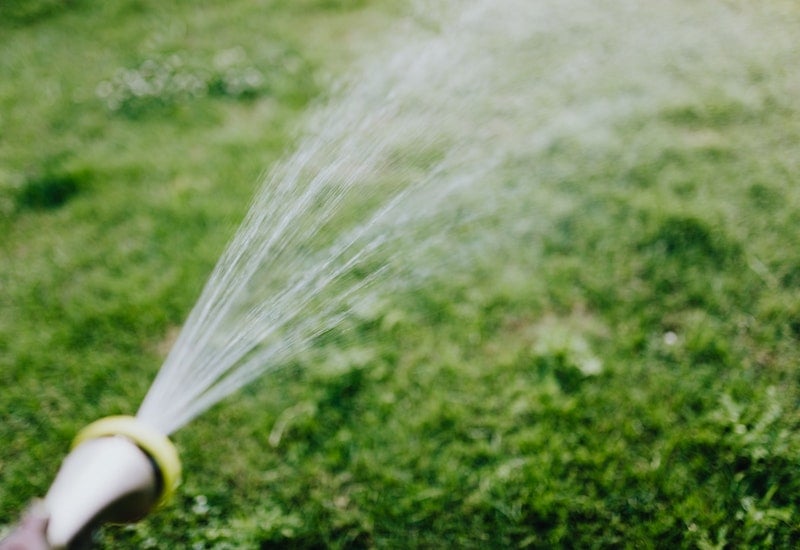
With temperatures reaching 89°F in July, Atlanta summers are hot, with alternating wet and dry periods. Watering correctly and regularly can be tricky, but it is Big-A’s No. 1 task for your summer lawn care schedule. Follow these five lawn watering tips to get it right.
Warm-season grasses are vulnerable to drought while they green up.
Bermuda, Zoysia, and other warm-season grasses love summer heat and direct sunlight but are vulnerable to drought and high temperatures early in the season, from mid-April to mid-May.
If a dry heat wave hits the Metro Atlanta area during that time while they’re still growing, you absolutely need to provide them with 1 inch of water per week. Once the grass is tall enough for the first mowing of the season, it should be resilient enough to face some drought.
Tall fescue needs 1 inch per week all summer to survive the Atlanta heat.
Better fitted for lawns under the partial cover of trees, tall fescue struggles with the high temperatures in July and desperately needs its 1 inch of water per week to keep its head high, no matter how tall it grows.
Lawn irrigation is best as a morning routine.
If you water with a hose or a manual sprinkler system, schedule it around your morning coffee from 8:00 a.m. to 10:00 a.m.
Homeowners lucky enough to have an automated system can set it to spread water from 3:00 a.m. to 7:00 a.m. This way, the soil has enough time to absorb the water before the heat of midday, and then the sun evaporates excess moisture.
Don’t water in the evening.
Since the sun does not remove excessive moisture from the grass blades at night, an evening irrigation routine would expose the plants to fungal diseases.
Irrigate deeply and less frequently.
This way, you train the grass to grow deep roots and better resist drought.
2. Mow Taller to Protect Atlanta Lawns From Heat
When summer heat spreads over the Big Peach, mow the lawn a half-inch taller to improve its resistance to high temperatures and drought. Taller grass has:
- More green blade surface for photosynthesis.
- More energy to recover from cutting.
- More shade above the soil to prevent water evaporation.
- Deeper roots with easier access to ground moisture.
Taller grass will also limit weed development. Here’s how tall you should mow the grass during summer in the Metro Atlanta area, depending on the type of grass in your yard:
| Type of Grass | Summer Mowing Height |
| Bermuda | 2 inches |
| Zoysia | 2 ½ inches |
| St. Augustinegrass | 4 inches |
| Tall Fescue | 3 ½ inches |
Bermudagrass, Zoysia, and St. Augustinegrass grow fast during summer, so you’ll need to mow more than once a week.
When lawn mowing, keep in mind these simple rules:
- Mow the lawn often enough to take out only ⅓ of the grass height each time. This helps the plant recover fast and makes it less vulnerable to heat and lawn diseases.
- Trim the grass in the evening. It will have time to heal and recover under the soft shelter of the night.
- Don’t mow during drought. The grass is fragile and stressed, and it will recover slower.
- Keep the mower blades sharp. With clean cuts, the grass heals faster and is less prone to diseases.
3. Aerate the Lawn to Breathe Easier in the Summer
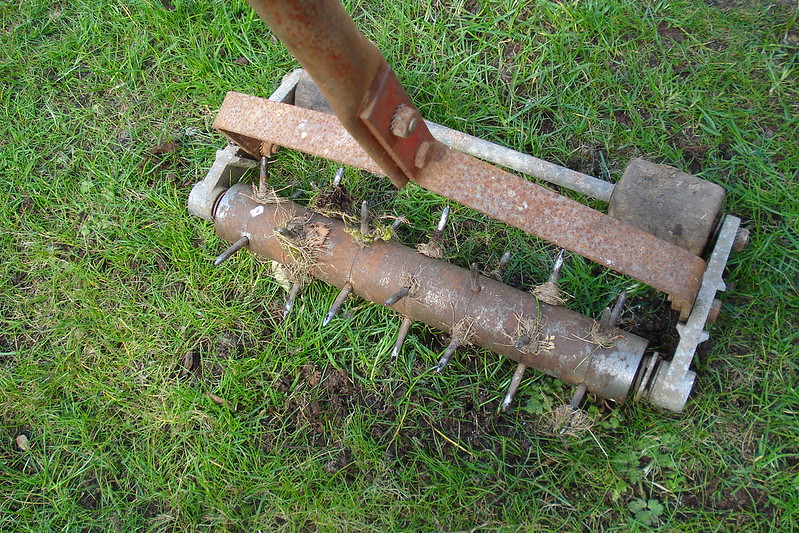
Part of the Piedmont region, A-Town has mostly clay soil, making yards and lawns prone to soil compaction, even with low foot traffic. Come June, warm-season grasses stretch their roots (or try to) and are hungry for air, water, and nutrients.
Roots won’t develop well if the soil is tight and compact. So, take out your core aerator (or a rented one) and drill small holes around the yard to allow oxygen, water, and fertilizers to easily access the root system.
Lawn aeration is also an excellent way to:
- Prevent fungal diseases by making sure water doesn’t puddle on your lawn.
- Ensure fertilizers reach the roots as efficiently as possible.
- Help precious water be absorbed fast and deep during hot summer days.
- Encourage new grass to develop faster, easier, and healthier (if overseeding).
- Get out some grubs in the process.
Pro tip: Since aerating the lawn is typically an active growth task, avoid doing it on a tall fescue lawn in the summer. It’s better left for the fall when cold-season grasses crave oxygen and nutrients.
4. Fertilize Warm-Season Grasses in Early May
Nitrogen is essential for grass blade growth, while potassium and phosphorus are needed for root development and good resistance to drought and diseases. Come May, warm-season grasses start growing fast and need nutrients for the following summer months. There are three ways you can provide them:
- Use a chemical fertilizer: If you choose a synthetic fertilizer, go for a slow-release, granular product. It will feed the grass closer to its natural growth pace, prevent overgrowth, and reduce mowing needs.
- Switch to an organic fertilizer: Organic fertilizer is better since it’s less prone to leaching and runoff and feeds the soil’s beneficial microorganisms. They also need soil microbes to break down the nutrients, so they’ll feed the grass gradually, close to the natural pace of the plant.
- Return grass clippings to the lawn: The best option is often to leave the grass clippings on the lawn after mowing instead of bagging them. This eco-friendly lawn maintenance strategy ensures a free, organic fertilizer with all the proper nutrients the grass needs (turfgrass returns 50 to 100% of nitrogen when it decomposes).
Pro summer fertilization tips:
- Don’t fertilize tall fescue in the summer. It forces growth and makes this cool-season grass vulnerable to heat and drought.
- Avoid fertilizing the lawn during a drought or while the grass is dehydrated, as it can stress the plants.
5. Leave Grass Clippings on the Lawn
Grass clippings make a wonderful, naturally balanced, free source of lawn nutrients. When clippings are cut thin and left on the lawn, they retain moisture in the soil and keep the ground cooler during summer.
Some homeowners worry that grass clippings form thatch on the lawn, but it’s generally not a real risk. The grass is 90% water and decomposes fast. If you dread this, use a mulching mower instead of a standard model. It cuts the grass blades into tiny pieces that melt away in a few days.
Since they grow fast and continuously during summer months, Bermuda, Zoysia, and other warm-season grasses are also a good source of mulch for the rest of the yard. Cut the clippings small and spread them over the ground in flower beds and veggie gardens.
Pro tip: Don’t use grass clippings as mulch if you spread herbicides or pesticides around the lawn.
6. Keep Summer Weeds Under Control
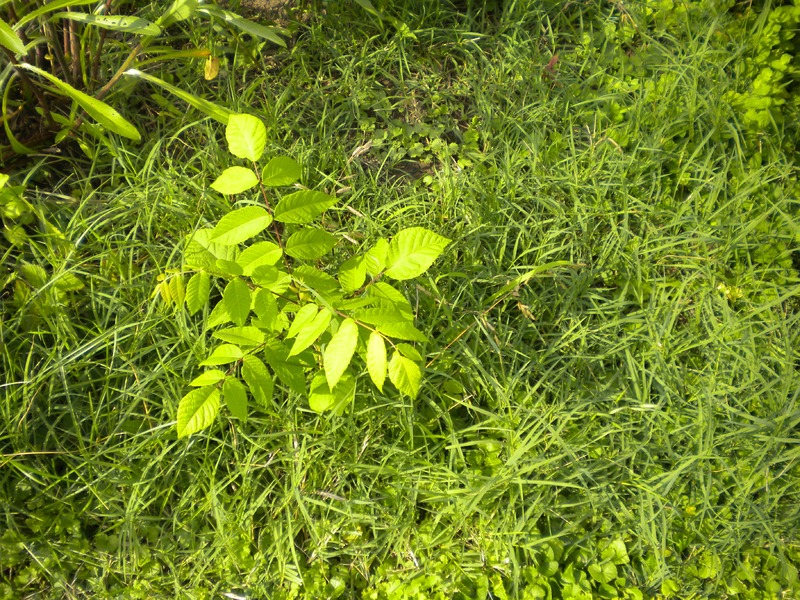
If you are on track with your spring lawn care schedule and have already spread pre-emergent weed control products, your lawn should be partially protected from summer weeds like:
- Clover
- Yellow nutsedge
- Crabgrass
- Annual bluegrass, also known as Poa annua
If not, you’ll need to consider applying post-emergent herbicides to kill the weeds once they grow. Or, hand-pull them if there are just a few.
With turfgrass active on your lawn, use only selective herbicides and spray spot them to avoid harming the grass. Not sure about the right product? Hire a professional lawn care service to take care of the weeds.
7. Manage Atlanta’s Summer Lawn Pests
The hot, humid Atlanta summers are heaven for all kinds of creepy crawlies that can end up on your lawn. Among the most common to watch out for this season are:
- Fire ants
- Armyworms
- Spittlebugs
Fire ants build huge colonies in your lawn, destroying grass roots. They fill the yard with unsightly mounds and are dangerous for your family. Their bites come with burning pain, slow healing, and the risk of allergic reactions. Watch out for signs of infestation from May through October.
Armyworms are caterpillar-like pests that enjoy Bermudagrass and fescue. They make their move on your lawn in late August or early September and can ruin your yard in a matter of days. Brown spots and flocks of birds raiding your yard give away their presence. If you see these, call a pest control company immediately.
Spittlebugs love all warm-season grasses common to the Peach State. They leave a white, foamy substance on stems and leaves close to the ground (you must look carefully to see it).
Spittlebugs have needle-like mouths they use to pierce grass blades and suck out nutrients. After they feed, the grass wilts and dies. When you see damaged grass spots 2 to 4 inches large, that means these pests are on your beautiful southern lawn. Keep a look out for these nasty buggers from June to September.
How to get rid of summer pests? Besides keeping up with regular lawn maintenance (aeration, dethatching, avoiding overwatering), look for a good pest killer at local stores. Some products are for more than one type of pest and provide a few months of protection.
Remember to:
- Make multiple applications until the lawn is clear of pests.
- Follow the product instructions carefully.
- Wear protective equipment when applying.
Or, call a pest control company from the Metro Atlanta area and let the professionals handle it.
8. Prevent Summer Lawn Diseases in A-Town
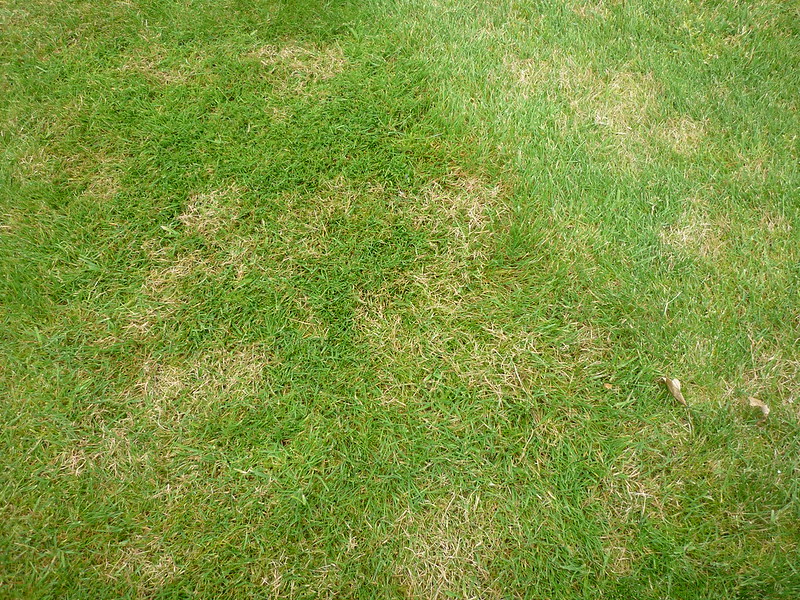
Hot and humid weather is heaven for fungal lawn diseases. Make a habit of observing your lawn weekly to check for signs of sickness. The most common Atlanta lawn diseases you might deal with are:
- Fairy ring
- Gray leaf spot
- Leaf spot/Melting out
- Pythium blight
- Pythium root rot
- Take-all root rot
Fairy ring is promoted by large amounts of organic matter (thatch, fallen leaves, etc.) and abundant rain. When your lawn is infected, you’ll see rings of straw-colored, brownish grass or darker, taller grass on your lawn. In late summer or early fall, these can be replaced by rings of mushrooms. Fairy ring is active in spring, summer, and fall.
Gray leaf spot becomes active in late spring to early fall. It thrives in compacted soil with excessive nitrogen and abundant rains. Look for oblong tan spots on the grass blades, with dark-brown margins and olive-green to brown spots in the center.
Leaf spot/Melting out is one of the fungal diseases active year-round. During summer, it’s activated by:
- Periods of drought
- Rainy weeks that keep the foliage wet
When affected by melting out, the grass appears to take a purple hue.
Pythium blight is active during summer and attacks mainly cool-season grasses like tall fescue. It infects lawns with wet soils and poor drainage. In sick lawns, leaves stop growing as much as they usually do, and the turfgrass begins thinning.
Pythium root rot infects Atlanta lawns all year round, activated by wet soils with poor drainage. It attacks roots, leaves, and plants, leaving grass fragile, thinned, and easily removed.
Take-all root rot is active in summer and early fall. This disease spreads with abundant moisture. Infected grass roots rot, and the lawn will take on a thinned appearance, since sick grass is easily pulled out when mowing.
The best way to prevent fungal diseases it’s to keep the lawn healthy and clean. During summer, this means:
- Aerate properly and remove thick thatch.
- Mow at the correct height.
- Water only as needed and never in the evening.
Treating lawn diseases involves applying a proper fungicide. Since some fungi can be aggressive, contacting a lawn care company for professional treatment is always better than going in blind on your own.
9. Overseed in Early Summer
Grass has a lifespan of up to seven years, and it’s often thinned by extreme weather, pests, or diseases. Overseeding is an excellent way to keep the lawn dense and more resistant to drought, heat, and weeds.
Consider seeding in early summer for warm-season grasses such as Bermuda or Zoysia. If you need to overseed tall fescue or other cold-season grasses, include it as a task in your fall lawn care schedule. The cooler weather will allow new seedlings to develop healthier and grow enough to have good resistance to heat until the following summer.
FAQ
Early summer, when warm-season grasses start growing in the Metro Atlanta area, spread a slow-release nitrogen-rich fertilizer for leaf growth with potassium to support root development.
The best time to fertilize a lawn in A-Town is July for Bermuda and August for Zoysia. Optionally, you can make a second spread in June or August for the Bermuda Tifway type and June for the Bermuda Tifgrand cultivar and Zoysiagrass.
Water once a week, about 1 inch, but subtract rainfall from this amount. Irrigate deeply to promote root growth.
Enjoy a Lovely, Fresh, Green Atlanta Lawn All Summer!
Whether you live in Marietta, Cumming, Norcross, or more southern neighborhoods, summer is a busy season for Metro Atlanta’s lawn keepers. Watering is essential, mowing is a weekly task, and weeds, pests, and fungi can be a constant headache. If there’s any season to get professional lawn maintenance help south of Alpharetta, then summer is the one. Find a trustworthy lawn care company in the Metro Atlanta area and enjoy a lovely, fresh, green lawn all summer!
Main Photo by: Rawpixels
